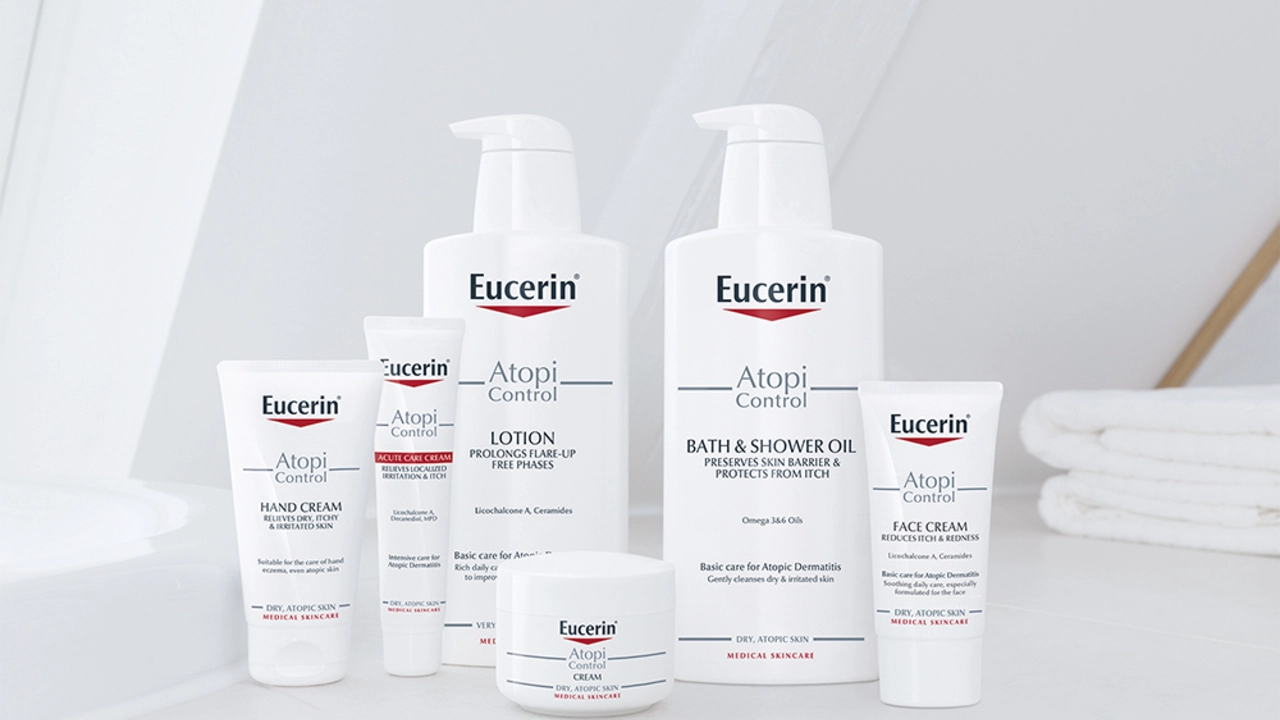If you’ve been handed a tube of halobetasol cream or ointment, you probably wonder what makes it different from other skin meds. Halobetasol is a super‑potent topical corticosteroid that doctors use for stubborn skin conditions like plaque psoriasis, eczema flare‑ups, and severe dermatitis. It works by calming the immune response in your skin, which reduces redness, itching, and thickened patches.
Because it’s one of the strongest steroids you can get without an injection, you’ll only see it prescribed for short bursts or on small areas. Overusing it can thin your skin or cause other problems, so following the doctor’s instructions is key.
A typical prescription might say “apply a thin layer once daily to the affected area for up to two weeks.” That’s because the drug can be harsh if left on too long. Most patients use it on elbows, knees, scalp, or other places where plaques are thick and resistant to milder steroids.
Sometimes doctors combine halobetasol with moisturizers or barrier creams to keep skin hydrated while the steroid does its job. If you’re using a foam or lotion form, spread it evenly and let it dry before putting on any other topicals.
Here are some practical pointers that can help you stay safe:
If side effects do appear—like skin thinning, stretch marks (striae), or easy bruising—your doctor may switch you to a milder steroid or suggest a break period. Never try to “taper” halobetasol on your own; abrupt stopping is fine for short courses, but longer use needs a gradual reduction.
For best results, pair the medication with a good skin‑care routine: gentle cleansers, fragrance‑free moisturizers, and avoiding hot showers that can strip moisture. These steps keep your barrier strong and let halobetasol work where it’s needed.
Bottom line: halobetasol is a powerful tool for tough skin issues, but it works best when you respect the dosage, limit the treatment time, and monitor how your skin reacts. Follow your doctor’s plan, keep an eye on any changes, and you’ll likely see those stubborn plaques fade faster than with milder options.
